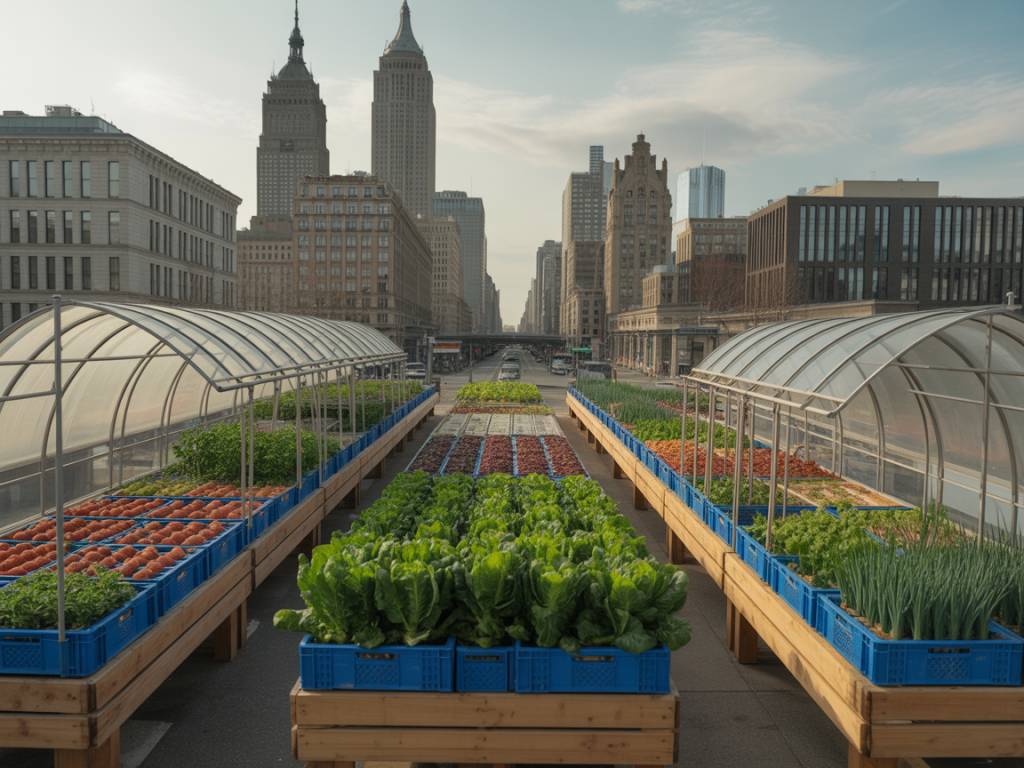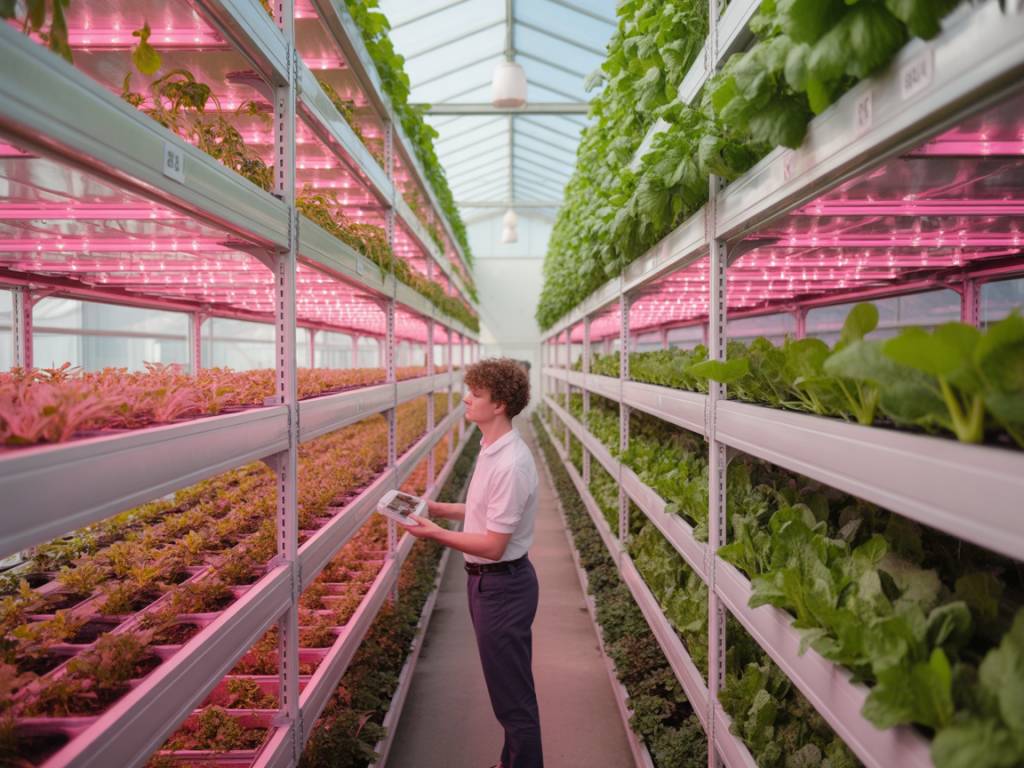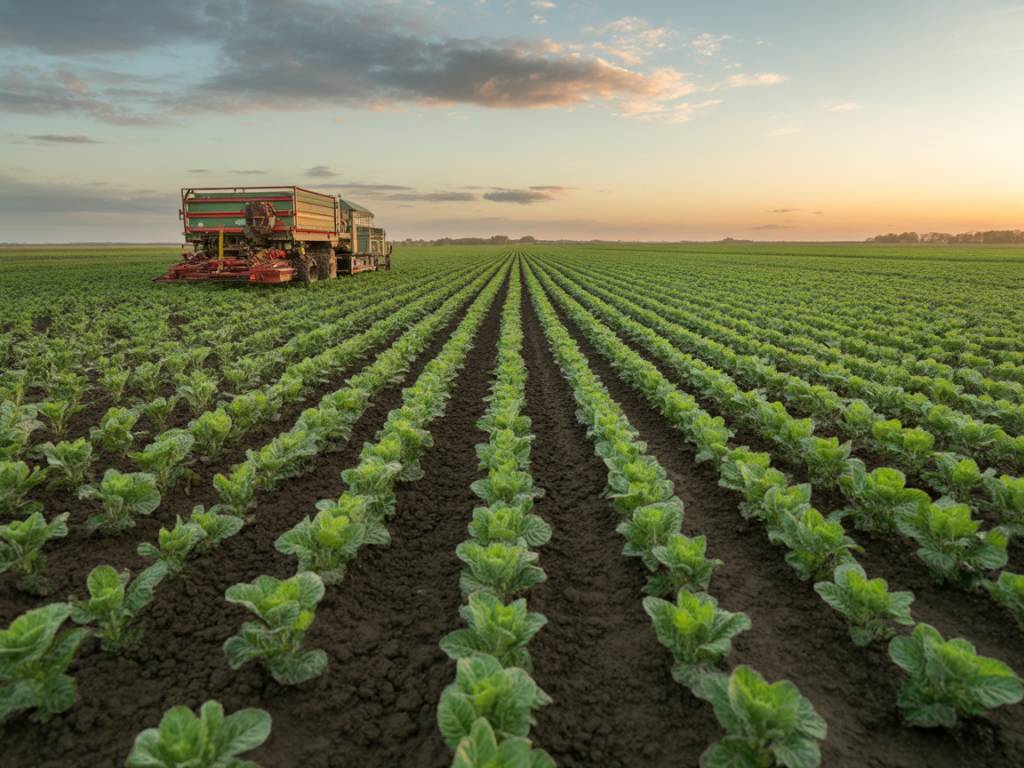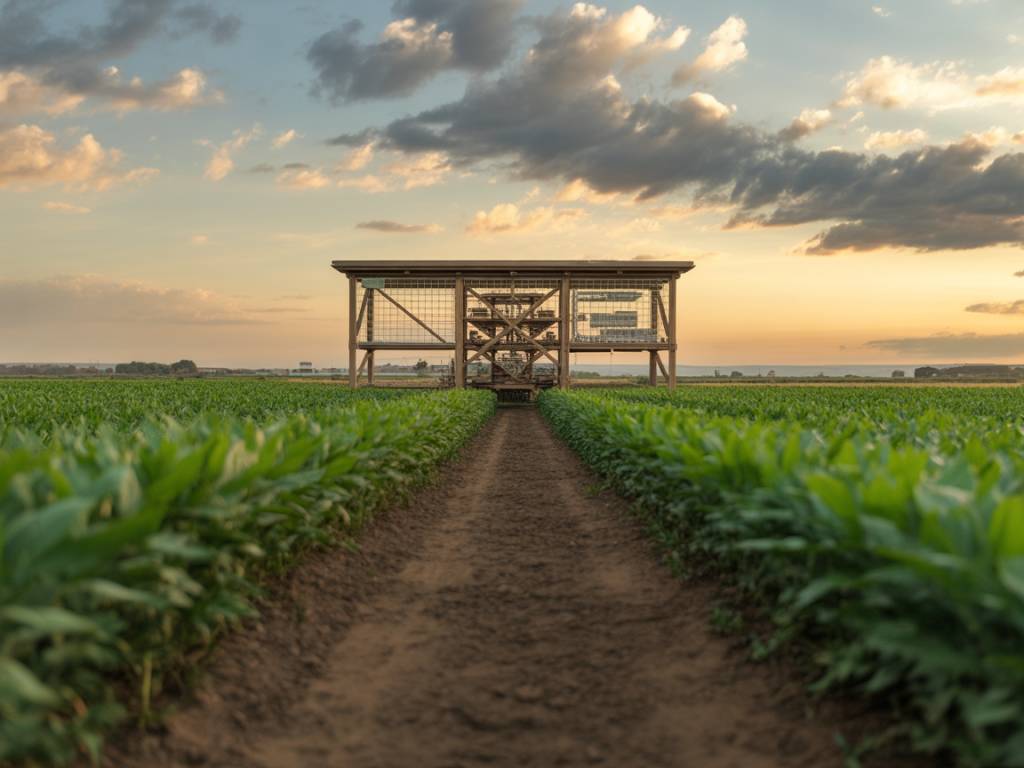An Industry Under Pressure: Why Urban Farming Emerges Now
The last half-decade has been a wake-up call for the global supply chain. Between the COVID-19 pandemic, geopolitical tensions, extreme climate events and soaring energy costs, every link in the food distribution chain has been tested to the limit. For industries that operate in just-in-time and highly globalized environments, the fragility is no longer theoretical—it’s operational, daily, and costly.
In this context, urban farming—food production embedded directly within or near urban spaces—is gaining attention not only among sustainability advocates, but also among supply chain strategists, logistics planners and entrepreneurs looking to de-risk the food system. No longer a niche trend, urban agriculture is positioning itself as a pragmatic response to long-standing vulnerabilities. But how viable is it, really, when it comes to feeding cities and securing supply chains? Let’s dig in.
Supply Chain Vulnerabilities: From Farm to Fork, a Dependency Maze
Globalized food supply chains depend on complex choreography. Crops are grown in one part of the globe, processed in another, and finally packaged and consumed often thousands of kilometers away. This model has delivered lower production costs and diversified product availability—but at the price of increased systemic exposure to disruptions.
To illustrate: the war in Ukraine led to fertilizers shortages and grain price spikes; the Suez Canal blockage delayed fresh food shipments worth over $10 billion; and during the pandemic, labor shortages in ports and warehouses slowed perishables logistics to a crawl. A 2023 McKinsey report showed that companies with globally dispersed supply chains saw a 25–30% increase in costs due to unpredictability and bottlenecks.
Agrifood especially has proven sensitive. The National Agricultural Statistics Service in the U.S. observed that food transport delays in 2022 led to up to 15% losses in perishable inventories, especially fruits and leafy greens. Multiply that across global networks and the need for a more decentralized model becomes clear.
Urban Farming: What It Is—and What It Isn’t
Urban farming is not merely turning rooftops into community gardens—though that’s often the image that comes to mind. Its newer avatars are technologically powered, vertically integrated, and highly data-driven. We’re talking about:
- Vertical farms that grow crops in stackable layers within warehouses using hydroponics or aeroponics.
- Controlled environment agriculture (CEA) facilities that regulate temperature, humidity, CO₂ and light to optimize yields year-round.
- Container farming modules—essentially mobile farms in shipping containers, placed citywide near consumption centers.
The emphasis here is on proximity and control. By producing food within or just next to urban zones, operators reduce transportation needs, decrease spoilage risks, and remain insulated from global swing factors like trade tariffs or fuel price surges.
Examples in Action: Urban Farming Goes Industrial
Plenty Unlimited, a San Francisco-based agri-tech firm, raised over $900 million since 2014 to develop vertical farming systems that can scale. Its latest partnership? Supplying leafy greens to Walmart’s California stores—grown 40 kilometers from the distribution center.
In Europe, Infarm—born in Germany—deploys modular hydroponic farms even inside supermarkets like Migros and Marks & Spencer. Their decentralized model has disrupted the traditional grow-process-pack-ship model of fresh herbs. As of mid-2023, Infarm operated over 1,800 farming units across Europe and North America.
Closer to logistics nodes, AeroFarms’ large-scale facility in Danville, Virginia, strategically located near I-95 and regional air cargo routes, demonstrates how urban farming isn’t just for boutique urban markets—it’s entering the broader logistics bloodstream.
Benefits Beyond Efficiency: Security, Sustainability and Resilience
From a supply chain perspective, urban farming offers four key advantages:
- Shorter lead times: Reducing the distance between production and consumption cuts exposure to transportation disruptions and accelerates replenishment cycles.
- Inventory predictability: Controlled environments allow precise harvest planning based on real-time demand signals—ideal for hyperlocal fresh food logistics.
- Energy and water efficiency: Most urban farms use up to 90% less water than traditional agriculture. With growing pressure on natural resources, this is a decisive advantage.
- Carbon footprint reduction: Eliminating cold-chain logistics across continents means urban farmed produce has a drastically lower emissions profile.
According to Deloitte’s 2022 AgTech review, a mid-sized vertical farm can save up to 20 tons of CO₂ annually compared to traditional imported produce, depending on grid electricity sources and transport distances avoided. In a world increasingly governed by ESG metrics and sustainability disclosure requirements, this is leverage.
Limits and Challenges: Not a Panacea, But a Strategic Piece
Despite their appeal, urban farms also face economic and technical constraints. Real estate costs in urban zones remain a high barrier, especially when scaling operations to industrial volumes. Power consumption, while optimized compared to open-field farming’s transport needs, remains significant. Not all crops are suited for vertical farming models—grains, root vegetables, and tree fruits are currently out of reach.
There is also a labor learning curve. Operating high-tech indoor farms demands skills in horticulture, data monitoring, mechanical maintenance, and even AI-based yield modeling. Workforce availability and training can thus be bottlenecks, especially for fast expansion markets.
Moreover, logistical integration is still at an early stage. Urban farms don’t always plug smoothly into existing distribution ecosystems. As noted by logistics consultant Bertrand Gervais during the 2023 SupplyTech Europe summit, “Last-mile is still built around supermarkets and centralized networks. Urban farms challenge those assumptions, but the infrastructure has not entirely caught up yet.”
Still, when deployed strategically—near distribution hubs, in disused urban buildings, or as part of warehouse verticals—they become viable appendices to broader distribution models.
How the Logistics Industry Can Capitalize
For logistics operators and real estate developers, urban farming opens new fronts:
- Repurposing assets: Underused industrial or retail buildings can host vertical farms, providing return on otherwise dormant square footage.
- Creating bundled services: Some 3PLs are starting to offer combined farming + fulfillment solutions, turning freshness into a service differentiator.
- Data-stream synergies: Urban farming produces real-time demand forecasting opportunities. Integrated with warehouse management systems, it allows seamless restocking and minimal waste.
Global foodservice giant Compass Group, for example, has partnered with indoor farm startup Kalera to supply university campuses directly. The produce never enters a central distribution hub—it’s delivered within 10 kilometers of harvest. Similar models are being tested by regional grocers and logistics providers with last-mile capabilities.
A New Layer in the Urban Economy
Urban farming is not a silver bullet, but it’s becoming a strategic asset in navigating the turbulence of modern supply chains. As fuel prices climb, packaging laws tighten, and ESG compliance becomes more exacting, decentralizing production into cities offers a way to keep the supply chain short, resilient, and adaptive.
As with early warehouse automation or same-day delivery, the early movers reaping the benefits will likely be those who don’t see urban farming as a trend—but as infrastructure. For supply chain leaders, it’s time to ask: not “will urban farming scale?” but “how do we build it into our operating model now?”
Because in a world where the only certainty is disruption, the most forward-looking question is: What infrastructure can you actually control?




